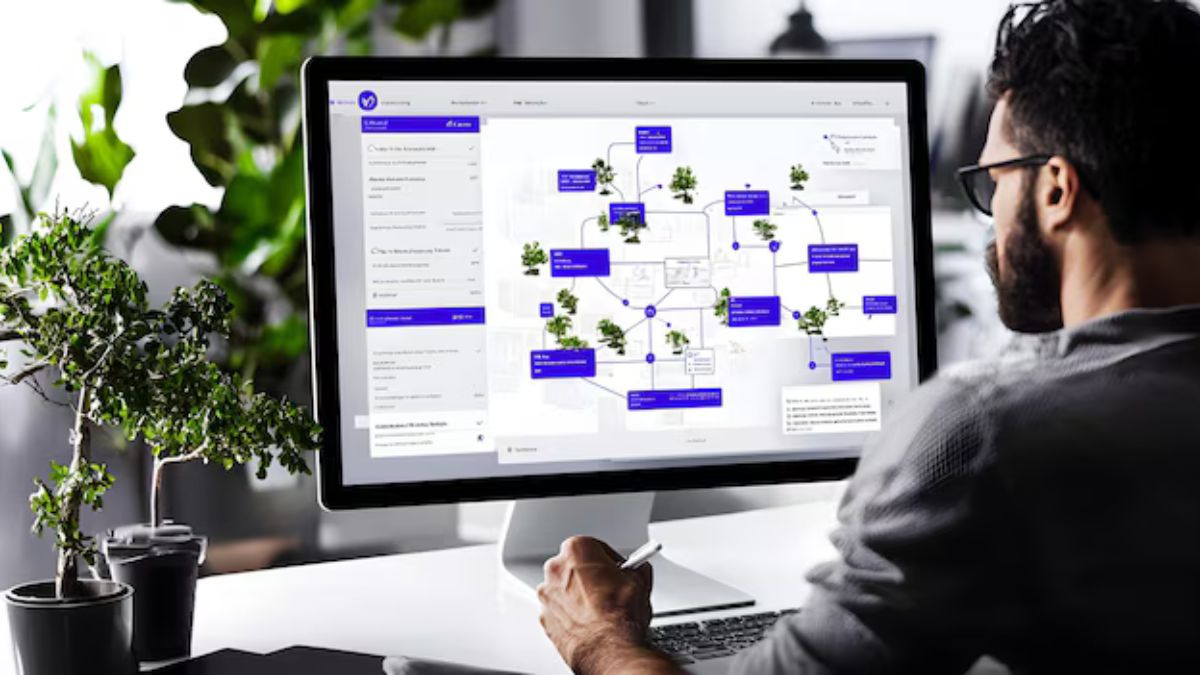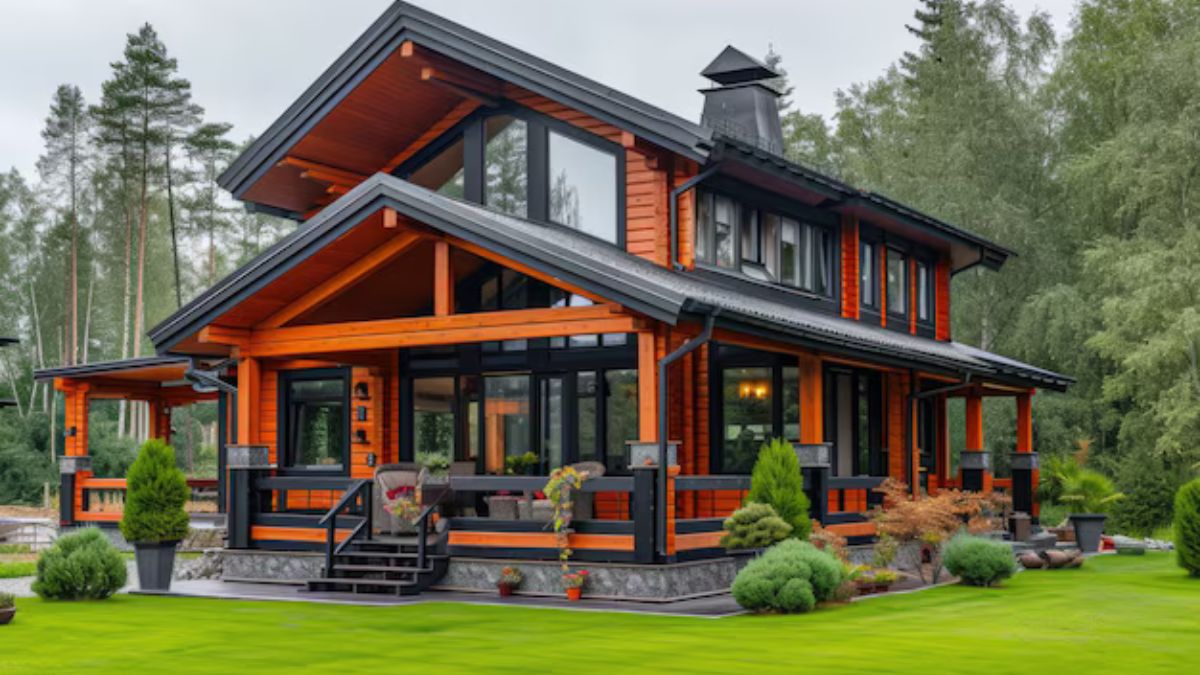Cameo System Modeler Face Data Architecture Example, has become a go-to tool for system architects and engineers looking to streamline their design processes. If you’re venturing into the realm of systems modeling, you might have heard about something called Face Data Architecture. But what exactly is it? And how can it enhance your projects? This post will delve deep into the essence of Face Data Architecture within Cameo System Modeler, illustrating its benefits and providing practical steps to implement this powerful framework effectively. Get ready to unlock new dimensions in your system design journey!
What is Face Data Architecture?
Face Data Architecture is a structured approach to modeling complex systems. It focuses on defining how data interacts and flows within various components of a system.
At its core, this architecture emphasizes the relationships between different data entities. By establishing clear connections, it enables better understanding and management of system behaviors.
This framework often employs visual representations that make complex interactions easier to comprehend. With diagrams and models, engineers can analyze data handling more effectively.
Moreover, Face Data Architecture supports integration across multiple domains. It creates interoperability among diverse technologies by standardizing communication protocols.
This method not only enhances clarity but also aids in identifying potential issues early in the design process. With systematic organization of face data elements, teams can ensure robust designs tailored to specific requirements.
Benefits of Using Face Data Architecture in System Modeling
Face Data Architecture offers a streamlined approach to system modeling. It organizes complex data into manageable components, making it easier to visualize and analyze systems.
By utilizing Face Data Architecture, teams can enhance collaboration. Clear data structures facilitate better communication among stakeholders, ensuring everyone is on the same page.
This architecture also increases efficiency in system design processes. With predefined templates and frameworks, designers can quickly adapt to changes without starting from scratch.
Moreover, it supports scalability. As systems evolve, Face Data Architecture allows for seamless integration of new features or modifications without disrupting existing models.
Cost-effectiveness is another advantage. Reducing errors early in the design phase translates into lower rework costs later on while optimizing resource allocation throughout the project lifecycle.
Step-by-Step Guide on Implementing Face Data Architecture in Cameo System Modeler
To implement Face Data Architecture in Cameo System Modeler, start by launching the software and creating a new project. Familiarize yourself with the interface if you’re new to it.
Next, define your system’s primary components. Use blocks to represent various elements of your architecture. Every block should clearly indicate its purpose within the system.
Then, establish relationships between these components using connectors. This helps visualize how data flows through your architecture.
Once your basic structure is in place, delve into specific attributes for each component. This will enhance clarity and provide detailed insights for anyone reviewing your model.
After that, add any necessary constraints or requirements related to data handling. These specifications are crucial for ensuring compliance with industry standards.
Regularly review and refine your model as you progress through development cycles. Continuous improvement leads to better accuracy in representing complex systems.
Real-life Example: Using Face Data Architecture in a Smart Home System Design
Imagine designing a smart home system that seamlessly integrates various devices. Using Face Data Architecture in Cameo System Modeler can simplify this complex task.
Start by defining user interactions with the system. For instance, how will residents control lighting and temperature? This framework allows for clear visualization of these interactions.
Next, map out data flows between devices. Picture sensors communicating with a central hub to adjust settings based on real-time feedback. The architecture supports robust communication patterns essential for efficient operation.
Additionally, consider security features. A well-structured face data model ensures that sensitive information is shared only among authorized users.
This approach not only enhances functionality but also improves user experience. By leveraging Face Data Architecture, designers create cohesive systems tailored to individual needs in the realm of smart homes.
Potential Challenges and Solutions
Implementing Face Data Architecture in Cameo System Modeler can present various challenges. One common issue is the complexity of data integration. Integrating diverse systems while maintaining consistency demands careful planning.
Another challenge may arise from user expertise. Not all team members are well-versed in modeling techniques, potentially leading to inconsistent applications of the architecture.
Moreover, keeping up with evolving standards can be daunting. The fast-paced nature of technology means that what works today might need adjustments tomorrow.
To address these issues, comprehensive training sessions can empower users and enhance overall proficiency. Creating a clear documentation process helps maintain consistency across projects.
Regular updates on industry trends also ensure that your model remains relevant and adaptable to changes in technology or methodology.
Conclusion
Cameo System Modeler Face Data Architecture Example, offers a powerful platform for system modeling, particularly when utilizing Face Data Architecture. This architectural approach enhances clarity and organization within complex systems, making it easier to visualize relationships among various components.
The benefits of integrating Face Data Architecture into your design processes are clear—improved communication, streamlined workflows, and more efficient project management can all be achieved.
Implementing this architecture in Cameo is straightforward with the right guidance. Following the step-by-step instructions helps ensure successful integration into any project.
Real-life applications like designing a smart home system showcase the practical use of Face Data Architecture. By breaking down functionalities and interactions using this model, developers can create robust designs that cater to user needs effectively.
While challenges may arise during implementation, they can often be addressed with strategic planning and problem-solving techniques tailored to specific obstacles.
Embracing Cameo System Modeler alongside Face Data Architecture paves the way for innovative solutions in system design.










